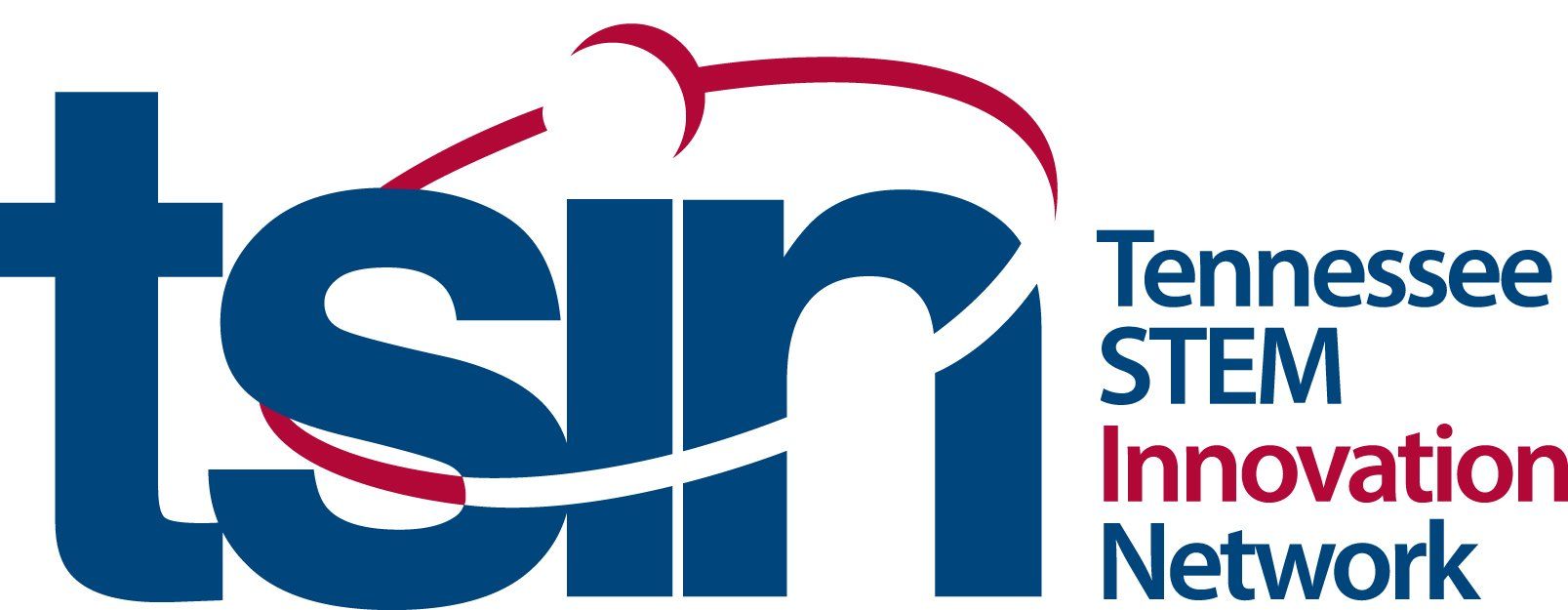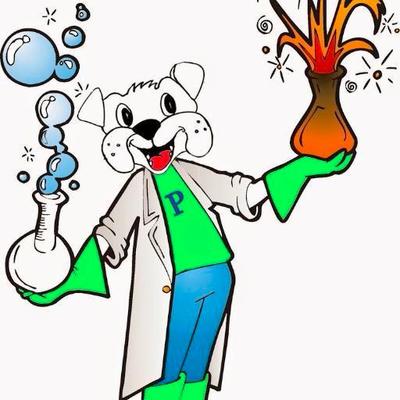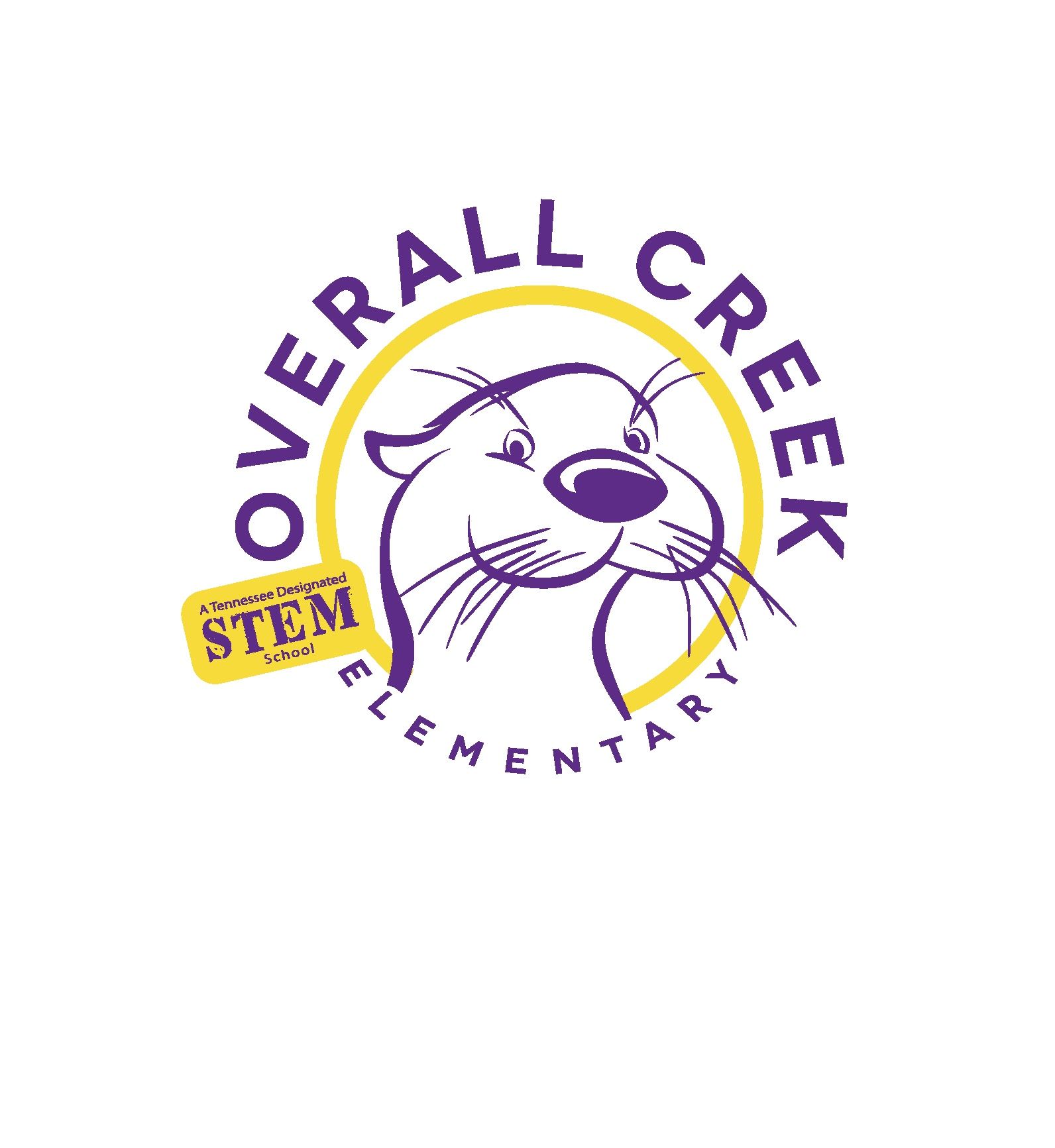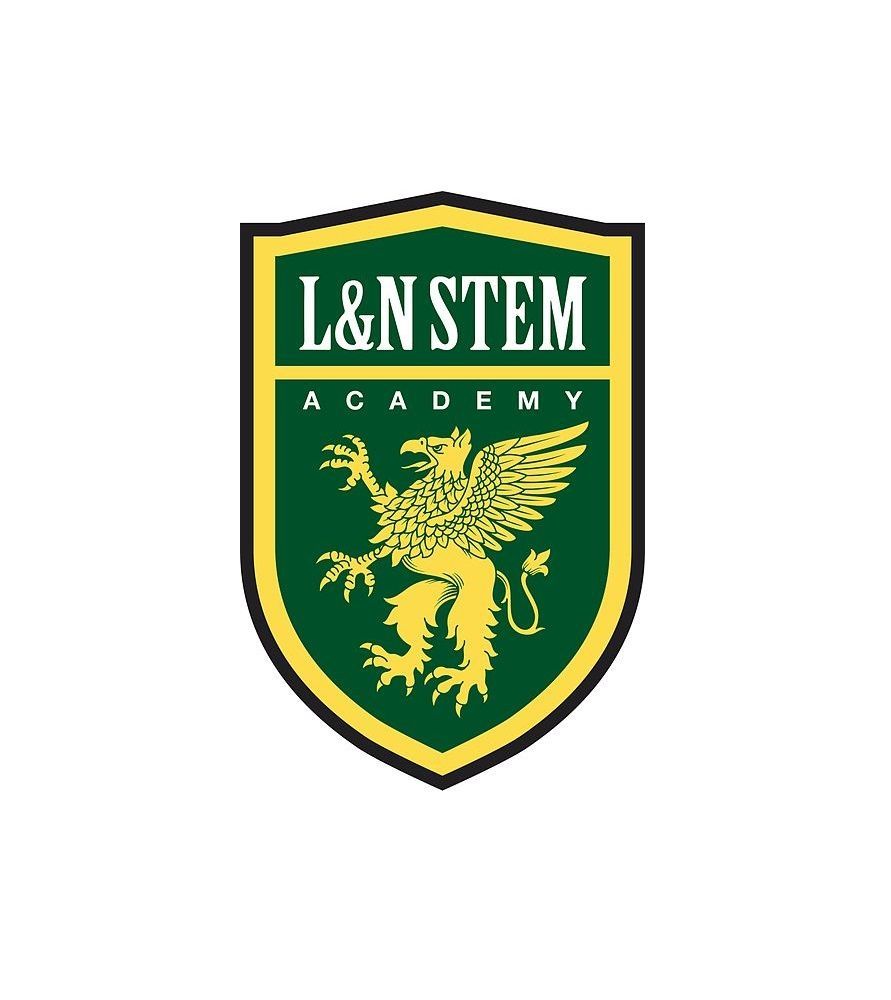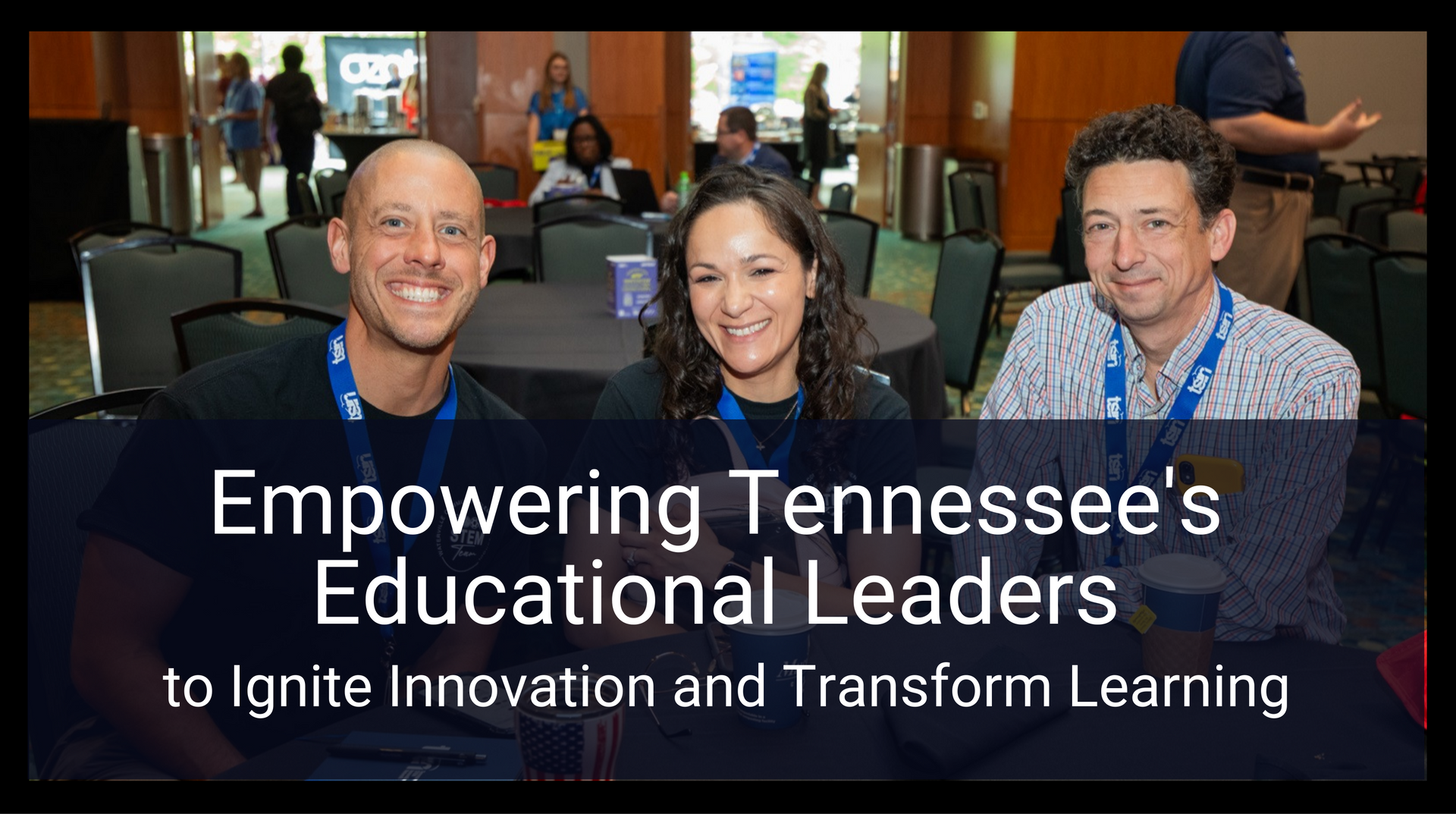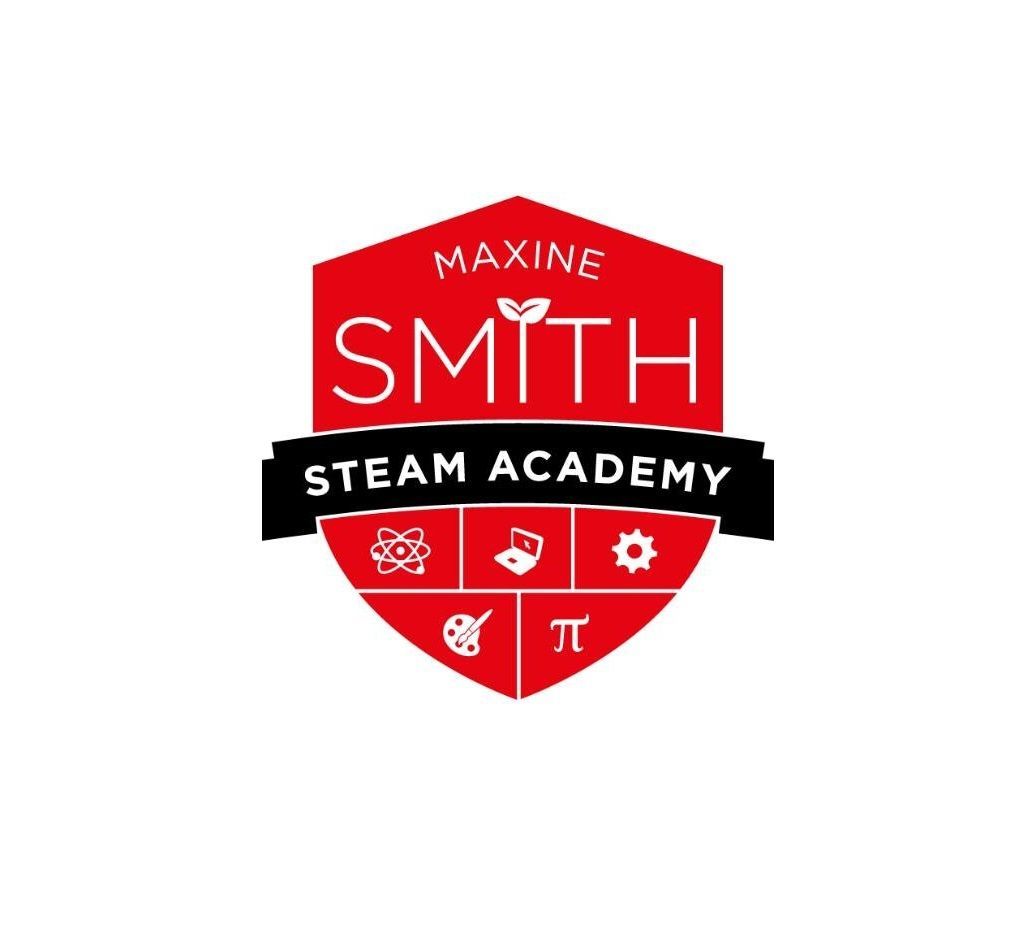CMCSS District-wide STEM Efforts Shine
The TSIN was recently invited to visit Clarksville-Montgomery County School Systems‘ (CMCSS) STEM programs and speak with Director of Schools Dr. B.J. Worthington and STEM Coordinator Dale Rudolph about their ongoing efforts to integrate STEM into the district’s mission. Since 2009, the district has been working to pilot STEM programs and develop a sustainable implementation plan. […]Read more The post CMCSS District-wide STEM Efforts Shine appeared first on Tennessee STEM Innovation Network.
The TSIN was recently invited to visit Clarksville-Montgomery County School Systems ‘ (CMCSS) STEM programs and speak with Director of Schools Dr. B.J. Worthington and STEM Coordinator Dale Rudolph about their ongoing efforts to integrate STEM into the district’s mission.
Since 2009, the district has been working to pilot STEM programs and develop a sustainable implementation plan. In 2010, they began leveraging their funds from Tennessee First to the Top to further expand select STEM pilot programs. Since then they have hosted STEM summer camps based around robotics and invention, expanded their staff professional development in STEM through their partnership with Austin Peay State University , and collaborated with the TSIN’s Middle TN STEM Innovation Hub to provide access to workshops and externships for teachers and students.
What CMCSS has done in STEM is impressive. They have created buy-in from students, teachers, and principals about the value of STEM education to their futures, and support from the community continues to grow. For CMCSS, integrating STEM means more than just buying science kits for teachers to use in their regular lessons. Here are a few examples from the TSIN’s tour.
Moore Magnet Elementary is a fully integrated STEM program complete with outdoor classroom and teaching garden. There we spoke with students about the animal inspiration behind the products they designed to augment human abilities.
Outdoor garden at Moore Magnet Elementary

Student presentation at Moore Magnet Elementary
Glenellen Elementary displays their essential problem about non-native species right in the hallway. There we spoke with teachers about how students engage biology experts via Skype to help frame their research.
Central challenge hanging in the hall at Glenellen Elementary
At Kenwood High we sat in on a teacher prep session and listened as educators from every discipline engaged with the news and with each other to create an integrated curricular unit around bridge design and safety.

Teacher collaboration at Kenwood High
At Sango Elementary , students were using next-generation instruments to test the effects of water and foliage on a biome’s overall temperature.

Biome experiment at Sango Elementary
Students at Richview Middle were collaborating in groups and getting hands-on with the periodic table by building elements from beads.

Student hands-on collaboration at Richview Middle
Instead of problem-based or project-based learning, Dr. Worthington and Rudolph speak about Challenge-based learning, and they never give teachers or administrators the challenges they want addressed, preferring instead to let each school choose their own essential challenges based on factors like teacher experience, students interest, and parental involvement.
They also look for what the district calls “natural fits” and “intentional hits” for integrating STEM into the curriculum. Natural fits occur where science and math can be easily integrated into the curriculum. Intentional Hits are when administrators and educators must collaborate on a creative solution to integrate STEM into the course of study.
The TSIN invited Dr. Worthington to share his thoughts on growing a sustainable district-wide STEM program:
Our district has developed a clear STEM vision for all our students even after RTTT funds are depleted. We chose to implement district-wide because we saw the value in creating a more relevant learning environment for all students in math and science classes. Providing STEM education to all of our students is a monumental task, but one that definitely has its rewards.
The journey began with pilots at all levels: elementary, middle, and high. By using the existing math and science curriculum and identifying low to no-cost materials, we have developed a model we can sustain and replicate. The RTTT funds provided a jump start, but we have been strategic in equipment purchases and chose to build capacity among teachers and administrators.
As we implemented, we conducted frequent classroom visits and “pulse checks” with teachers, administrators, and students to determine what supports needed to be in place to create a STEM learning environment. What we have learned from these discussions has proven invaluable. All professional development was tailored to meet the needs of these groups and was conducted by pilot teachers who could relate to the teachers’ and administrators’ needs. That support continues today and is necessary to maintain quality in the classrooms.
After these changes in learning and teaching were implemented, the district saw math and science scores improve, but more importantly, the level of rigor of science and math instruction and learning have also increased. Enabling students to see, touch, and feel how math and science are related helps the students develop a better understanding of concepts and how the information can be applied. Using the engineering design process to create scaffolding activities and real-world challenges further develops student problem-solving and 21st century skills and deeply engages students in reflective activities for design improvements. The use of technology always excites students, but the respect they develop for its capacity to make their work more efficient is even more applicable to their learning.
One of the greatest benefits has been the overwhelming positive feedback from parents and the community. Parents have embraced the learning opportunities their students are experiencing, and local businesses have hosted our teachers and administrators in week-long externships where they learn how math and science are used in the “real world.” Our business and government partners also provided field experiences, and guest speakers and offered intern opportunities for students.
I am thrilled with the results! We have students who are learning more math and science, teachers who are making lessons more relevant and rigorous, parents who better appreciate 21st century learning, and a community that supports our efforts.
This article can only scratch the surface of the hard work being done across CMCSS, but as they say in the district’s office, “The future of STEM is bright!”
The post CMCSS District-wide STEM Efforts Shine appeared first on Tennessee STEM Innovation Network.
